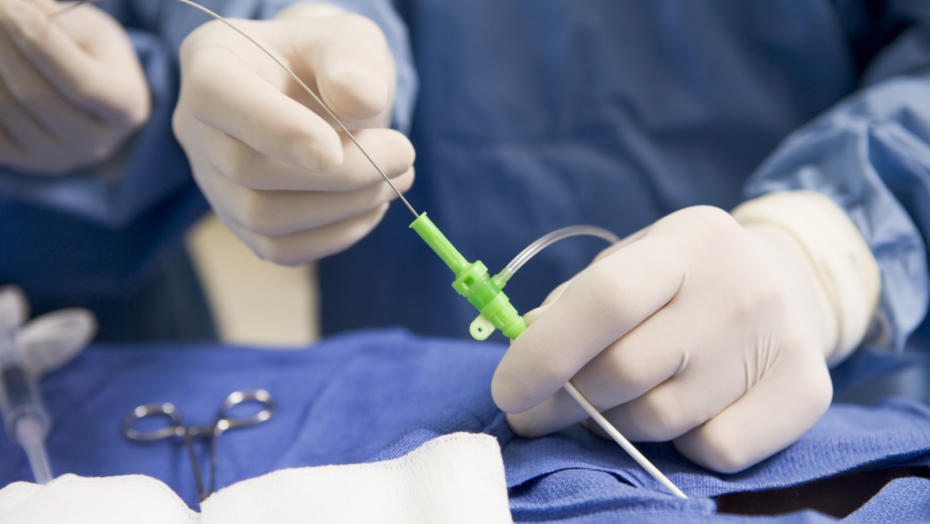- Jun 21,2023
- Posted by: Savion
- Category:

An ambitious doctor at the age of 24 had a strange and brilliant idea at the same time.
An idea that could revolutionize the treatment of heart diseases.
The young German doctor was frustrated by the difficulty of accessing the human heart, and his idea would make heart operations as easy as possible.
However, Werner Forssmann was certain that his idea would be met with rejection by the supervisors.
Therefore, in 1929, he decided to test the idea on himself! From the side of his arm, the brave doctor injected himself with a local anesthetic and inserted a catheter into one of the veins of his arm, successfully maneuvering it to his heart.
The catheter is a thin tube made of rubber or plastic. He then took a picture of himself using X-rays.
This was the first cardiac catheterization procedure, which has now become a very common operation.
The young doctor's idea helped in the discovery of heart diseases, drug delivery, and the treatment of artery blockages.
In 1956, Forssmann received the Nobel Prize in Medicine along with two others for their contributions to the development of cardiac catheterization.

